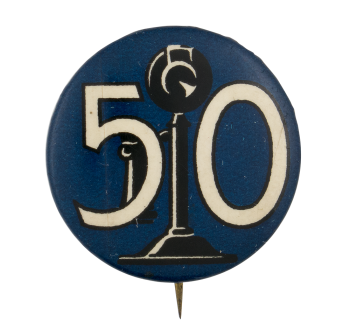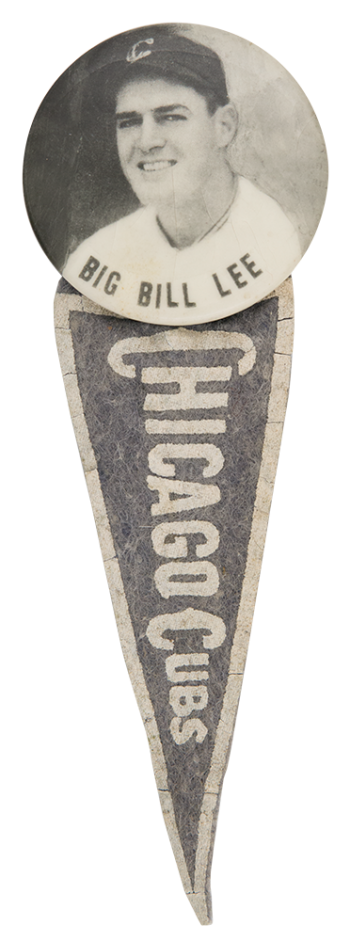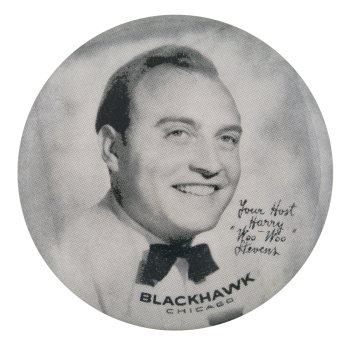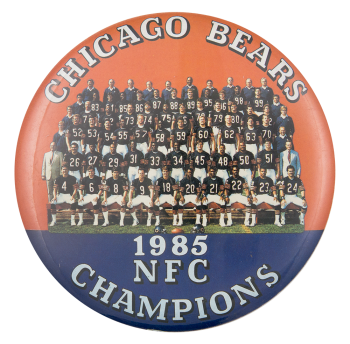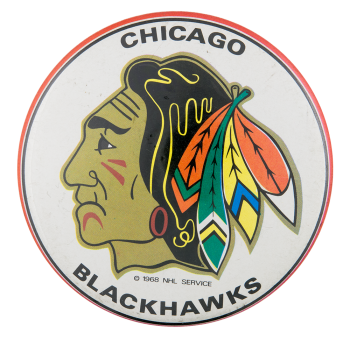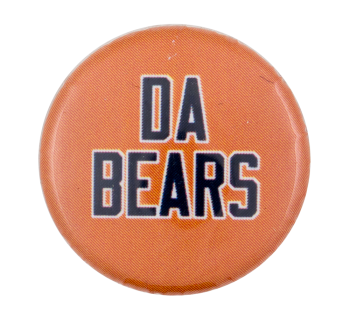Telephone 50th Anniversary
| Category | |
|---|---|
| Additional Images | |
| Sub Categories | |
| Text on Button | 50 |
| Image Description | Black and white illustration of a candlestick telephone behind large white text '50' on a dark blue background. |
| Back Paper / Back Info |
The Whitehead & Hoag Co. Buttons, Badges Noveties and Signs Newark N.J. - THE WHITEHEAD & HOAG CO., BUTTONS, BADGES NOVELTIES AND SIGNS [union bug] ALLIED PRINTING - TRADE COUNCIL 3 - NEWARK, N.J. |
| Back Style | |
| The Shape | |
| The Size | |
| Year / Decade Made | |
| The Manufacturer | |
| Additional Information | This elegantly simple button was made to celebrate the 50th anniversary of the telephone. The date is less clear. Does the button mark 50 years since Alexander Graham Bell came up with the theoretical concept for the telephone in July 1874; or the successful receipt of his words "Mr. Watson, come here, I want to see you" on March 10, 1876; or Bell's patent on the telephone in the same year; or maybe it's commemorating the establishment of the Bell Telephone Company in 1877. If one wants to be particular, the candlestick phone depicted in the illustration wasn't introduced until the 1890s. The invention of the telephone included many individuals whose contributions could very well be considered worthy of a 50th anniversary button including: Elisha Gray, Antonio Meucci, Johann Philipp Reis, Tivadar Puskás, and Thomas Edison. |
| Catalog ID | EV0326 |

